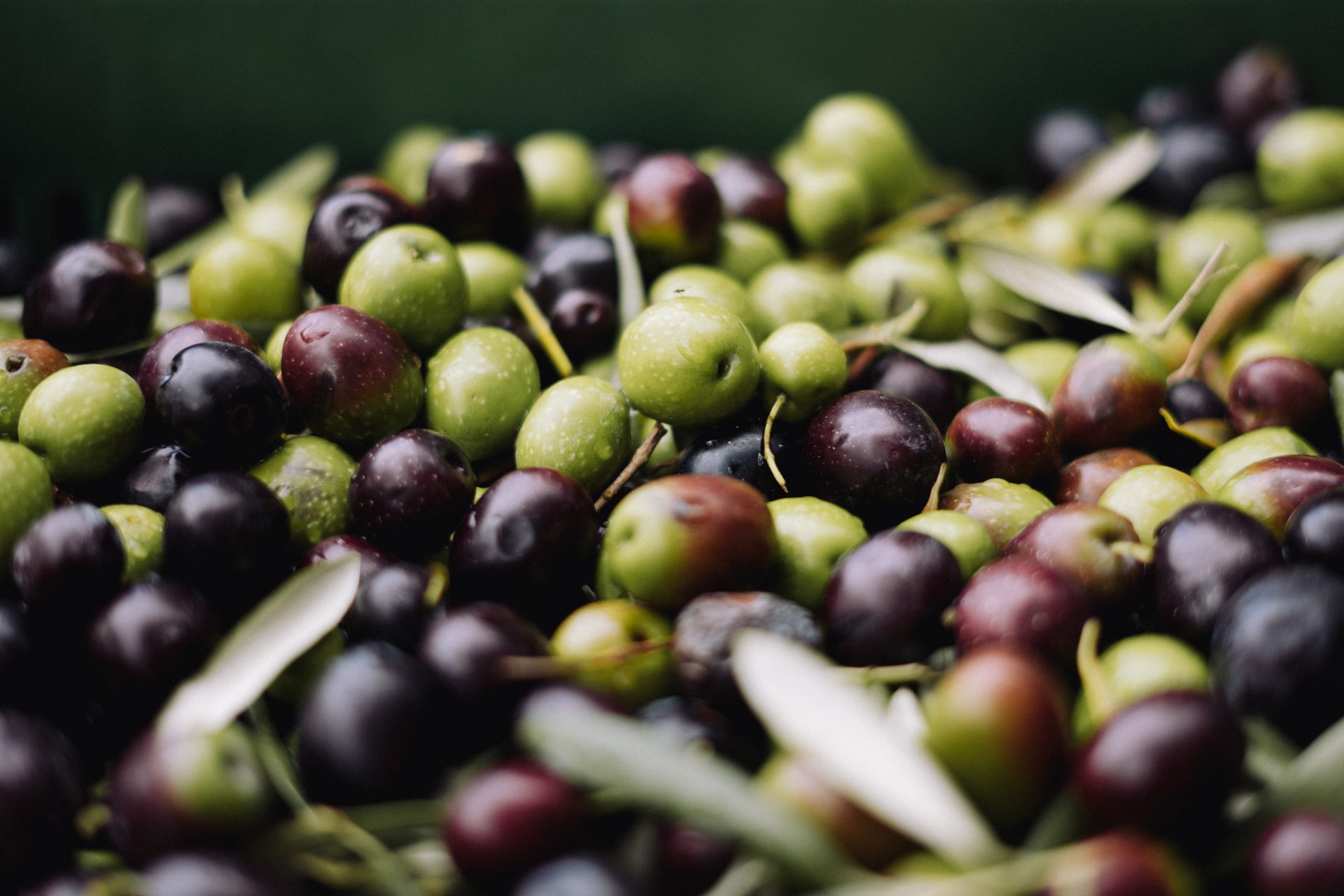Extracting oil from plants
Resource
GCSE science students need to understand that plant oils can be extracted by both crushing and pressing plant material and by the more complex process of steam distillation.
However, setting up and running a successful steam distillation is a skilled procedure and many schools and/or teachers do not have the expertise or the time to demonstrate this technique to their students. It is even rarer for the method to be used as a class practical.
This resource describes a simple technique that can be run as a demonstration or as a class practical to extract a plant oil. It does not require any complicated equipment or techniques and can be used for classes of a wide range of ages and abilities including GCSE Chemistry.
There are also a couple of quick demonstrations based on plant oils – including a candle you can eat and creating an oil lamp – and instructions for a student activity to show that nuts contain oils.